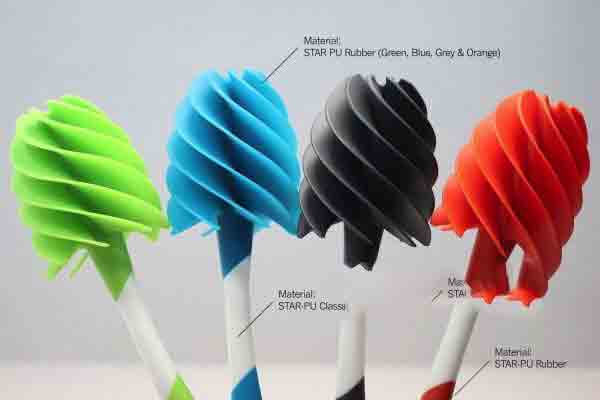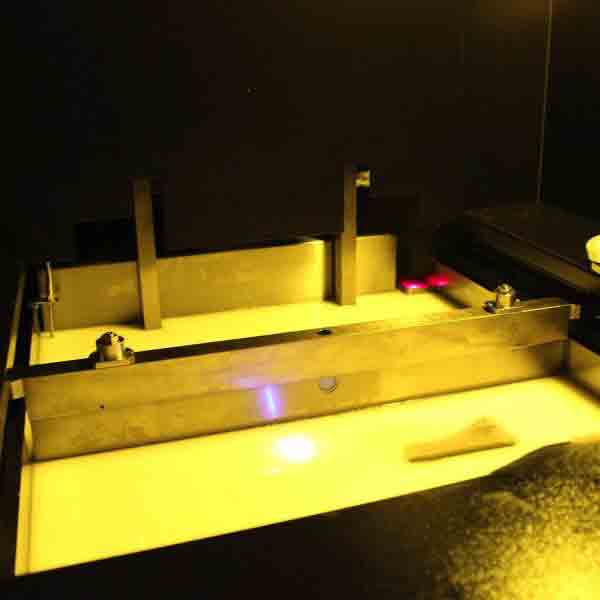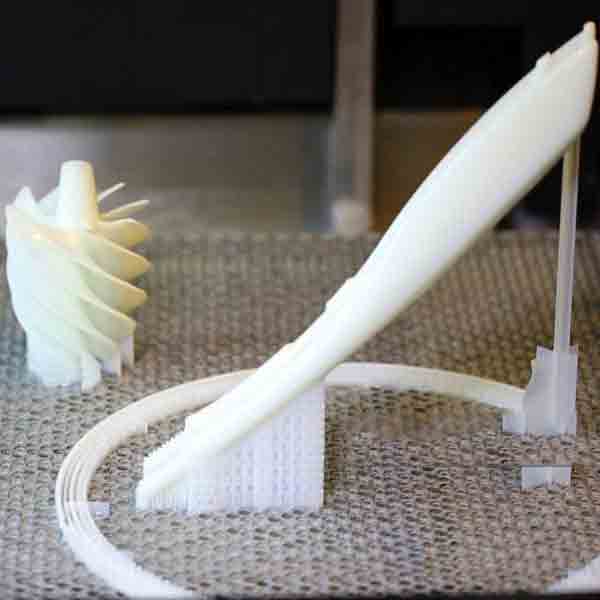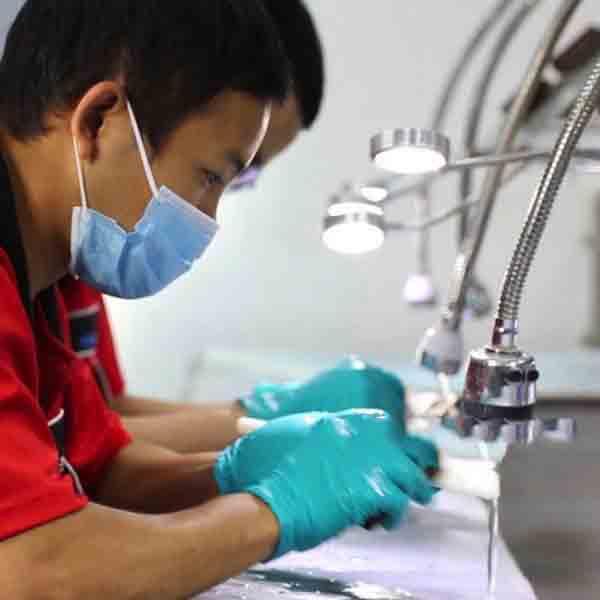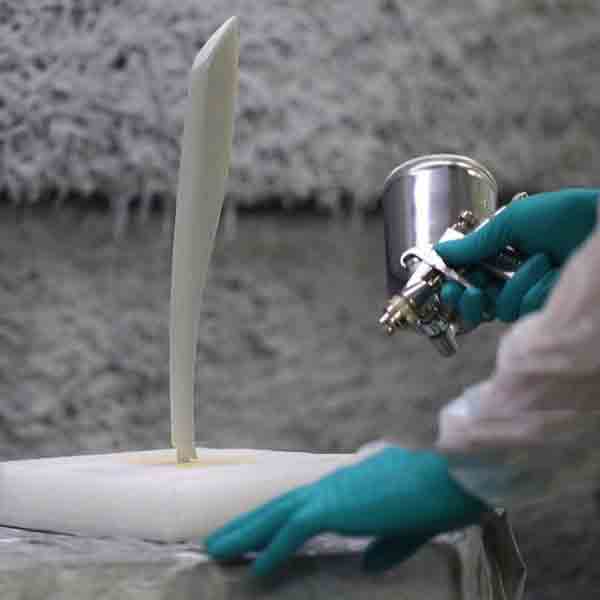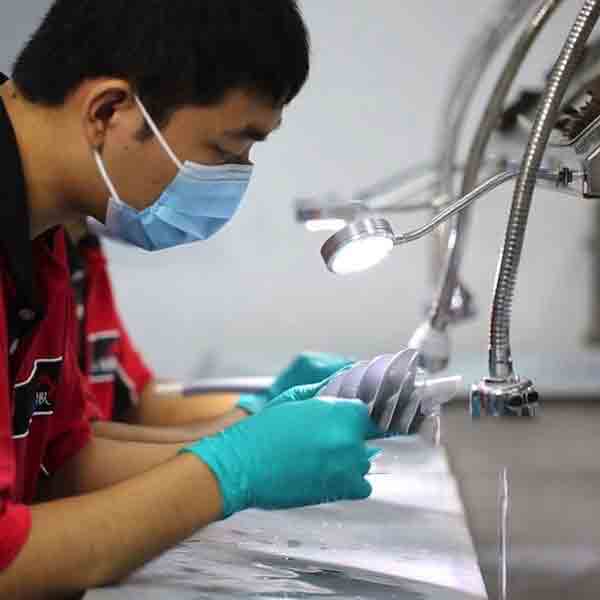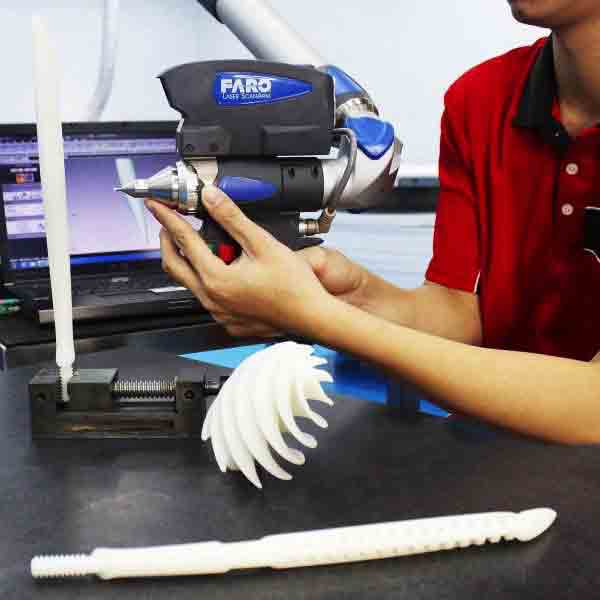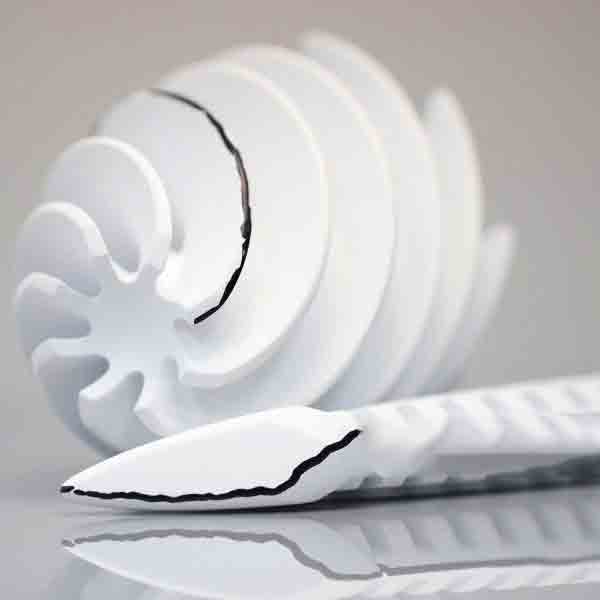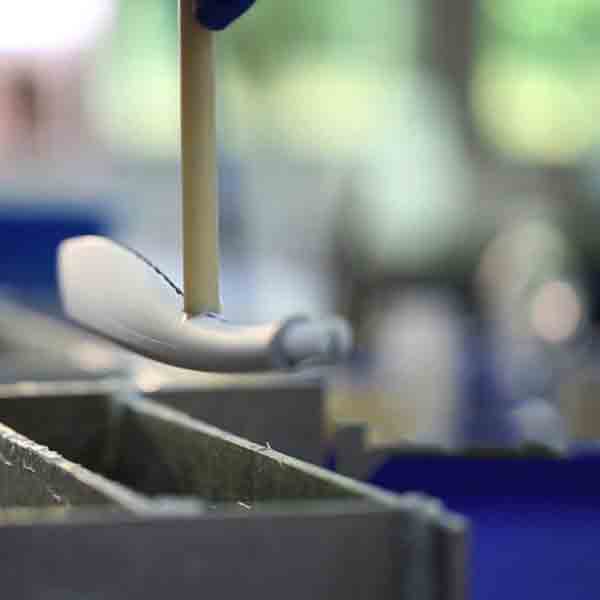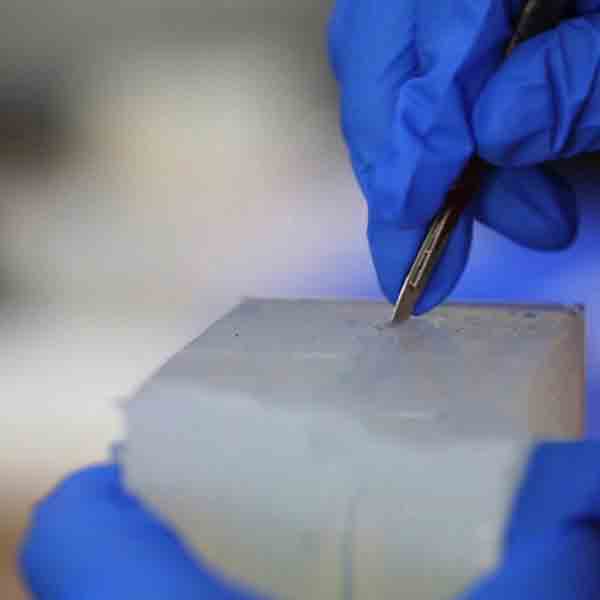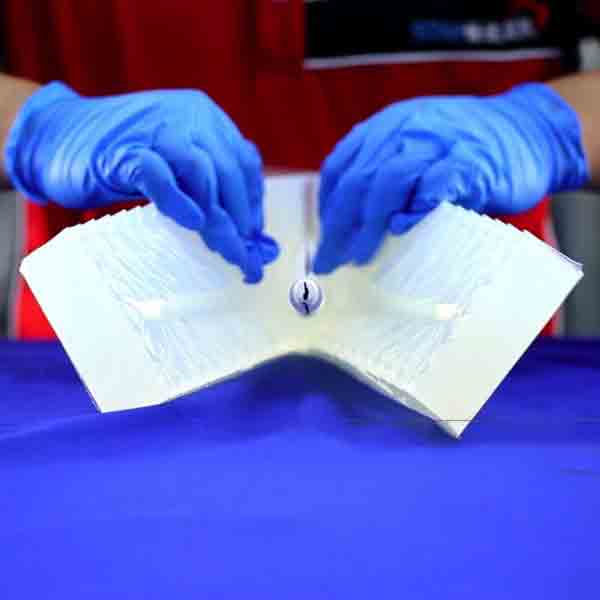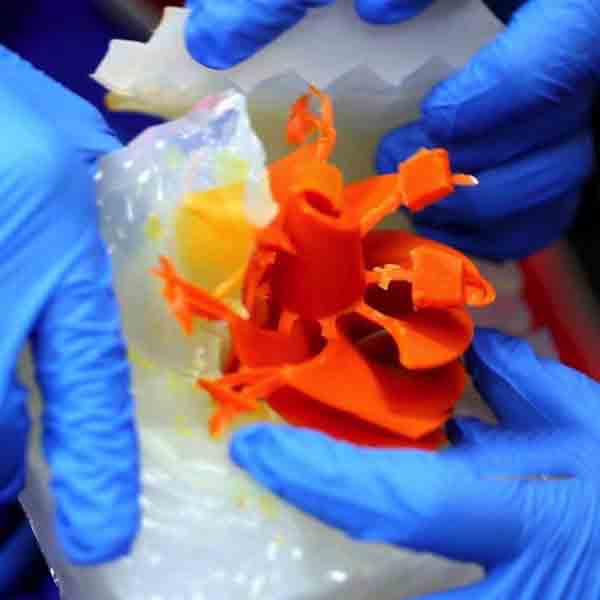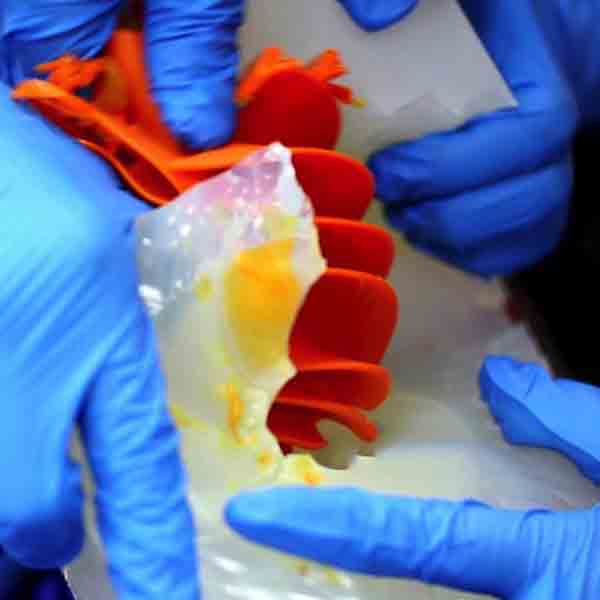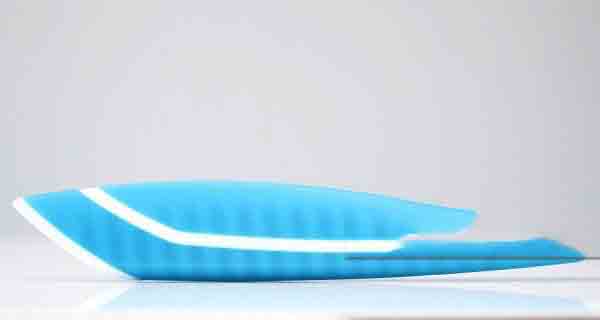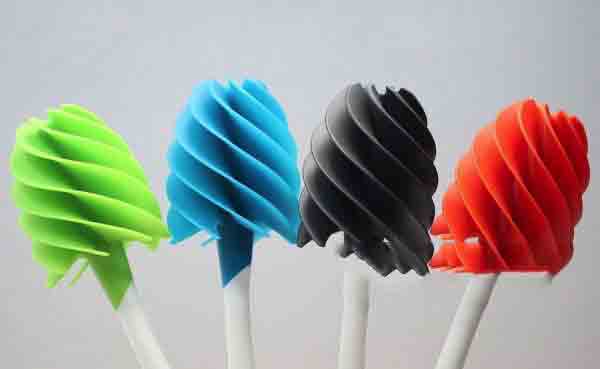Duku Design LooBlade Case Study
Mold: Vacuum casting
Colors: green, blue, grey, orange
Quantity: 1 master model (3 parts), 3 silicone molds, 5 vacuum cast prototypes
Lead Time: 12 Days
About The Project
The LooBlade is a long-overdue redesign of the traditional bristle brush used for toilet bowl cleaning. It’s easier to clean and dry, is more aesthetically pleasing and it uses a special anti-microbial surface coating for even greater effectiveness. This is an area that is not particularly glamorous, and as a result has not seen much innovation over the years. Toilet brushes are by nature extremely unhygienic and the bristles and attachment points of the bristles onto the handle act as a perfect place for the accumulation of bacteria and dirt.
About The Client
Duku Design of the UK is a design firm and industrial product development company that specializes in bringing great ideas to market. They approached us because they wanted to make prototypes for an innovative cleaning product on behalf of their client, the product inventor. Check out how they turned this from a sketch to a functional prototype.
Watch How It’s Made
Challenges
The most remarkable aspect of this project is, of course, the 8-bladed helical head of the brush. It’s visually striking but also presents some challenges to the moldmaker. Let’s look at how we did it.
Printing The Master Model
Vacuum cast parts first require a master model, around which the silicone mold will later be formed. We made a master model using stereolithography (SLA), a 3D printing technology.
Inspection
After the solid models were finished, we scanned them with a FARO® 3D laser scanner. This created a digital map on the the computer which we compared with the customer-supplied CAD drawings to locate any deviations.
Making The Mold
Three master patterns were made, one each for the handle, helical brush head and the overmolding. We put these patterns into a casting box which was filled with liquid silicone to create negative images of the parts.
Silicone molds copy details very accurately, which is one reason we were so careful to make the masters correctly.
Vacuum Casting Duplicates
We used two different casting compounds for the prototypes.
For the white plastic handle we used STAR-PU Classic ABS. This is a pourable casting plastic with mechanical properties similar to the ABS used for plastic injection molding.
The softer overmolded grip and cleaning head were molded from STAR-PU Rubber 30/83 polyurethane. 30/83 is a soft polyurethane that can be mixed in different hardnesses and colors.
The Finished Part
After final curing, the parts were carefully trimmed and reinspected. Vacuum casted prototype parts like these have a refined fit and finish equal to high-volume production parts but with a much smaller initial investment and faster production time.
Read about other projects we’ve worked on or, if you’re ready to get started on your latest project, contact us for a free project review.

